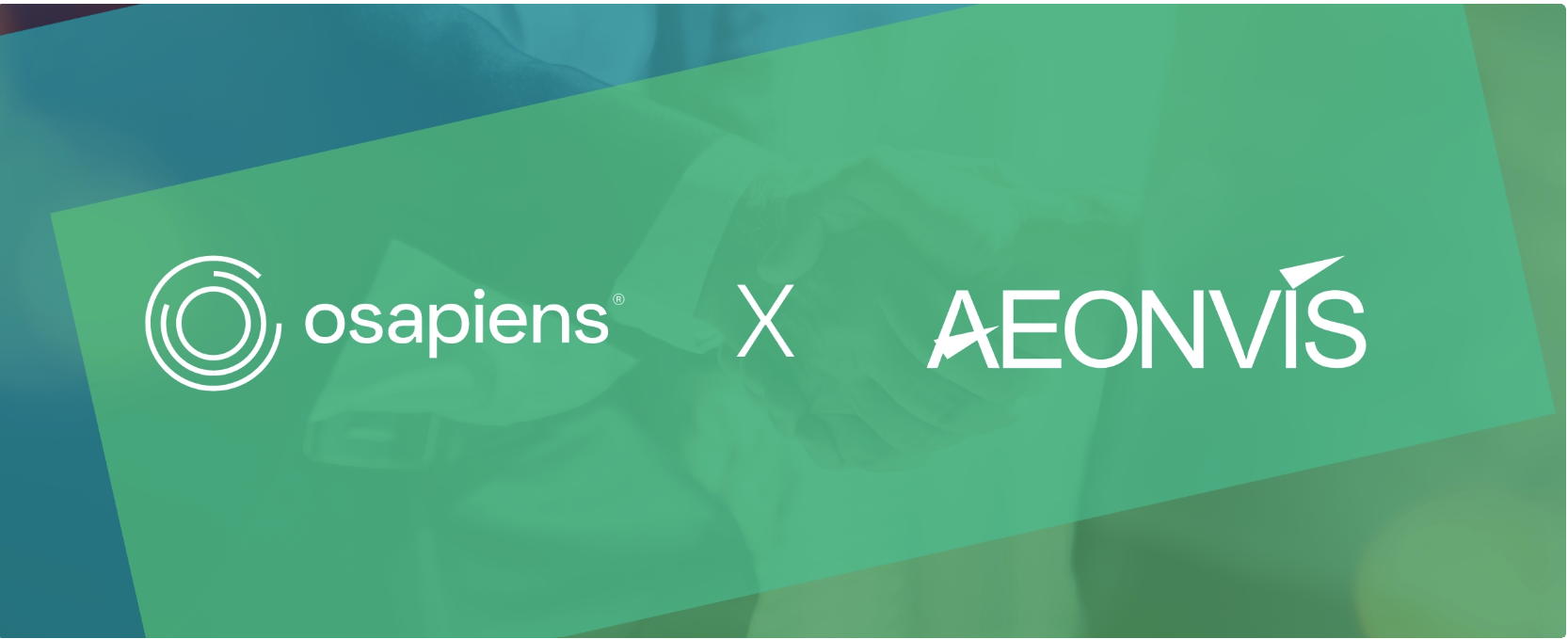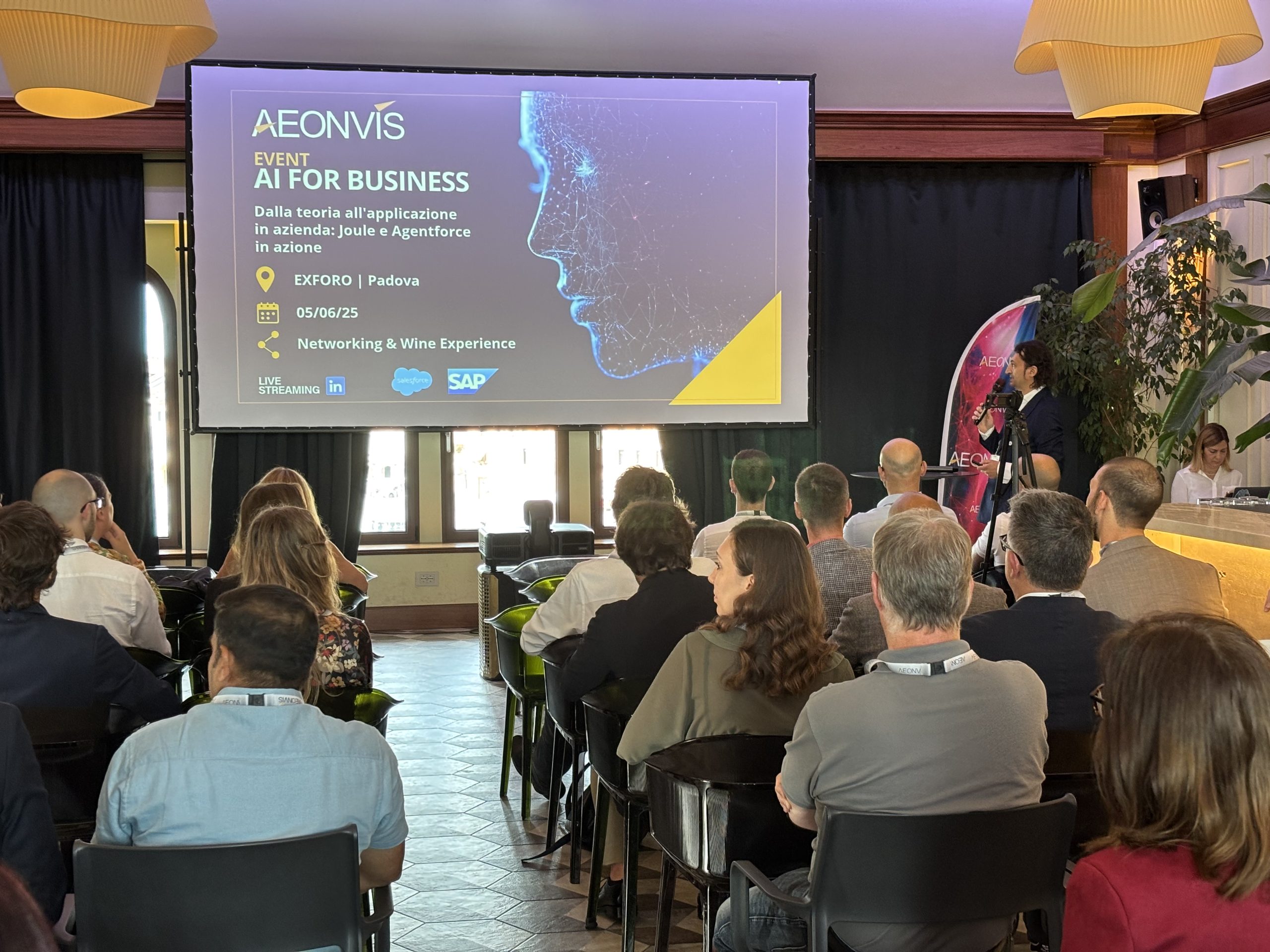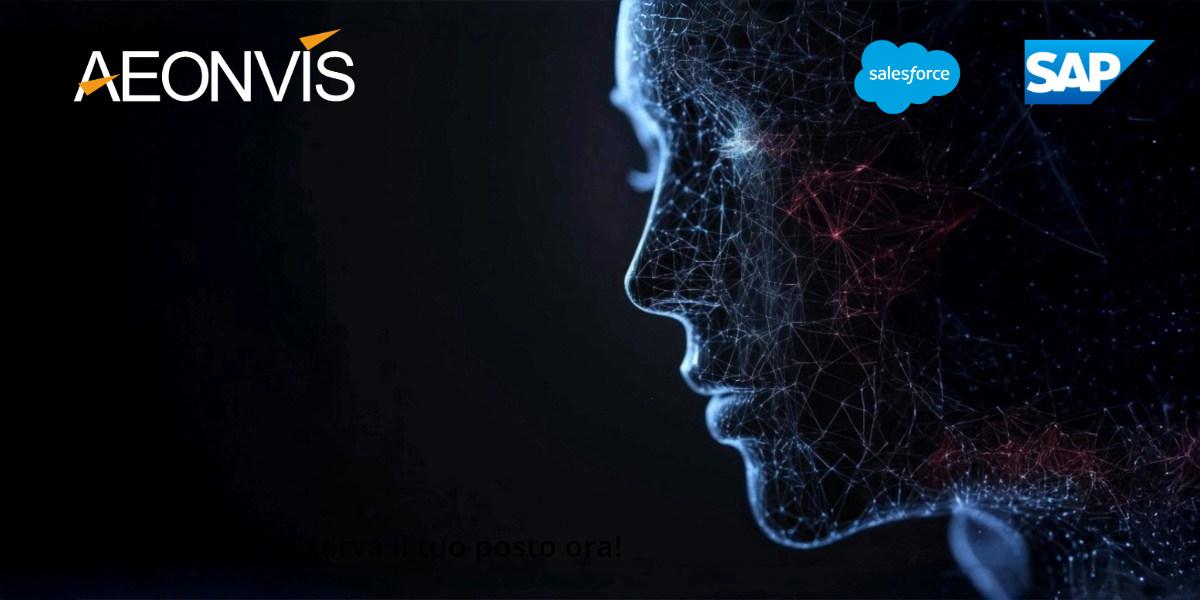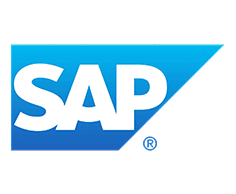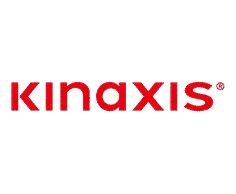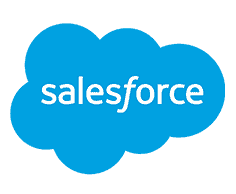It seems impossible to talk about anything else nowadays: the digitalization process is rapidly accelerating across all business sectors. One sector that is not immune to this change, and that shows no signs of slowing down, is the wine industry. Wineries, with the rise of digital technology, have no choice but to embrace the ongoing innovation, leveraging it to their advantage in order to become increasingly competitive in the market. But how are wine businesses really handling this transformation? Let’s find out together.
Wineries and Digital Transformation: understanding the data of your winery
Intuition and experience have always been the best qualities used by wine entrepreneurs to implement strategies capable of guiding the company.

Well, today it’s no longer enough to be experienced in the industry and have a particular intuition for making accurate predictions. What matters is being able to measure business performance through data, being able to assess all the most sensitive and strategic aspects that can determine its success. Many are the questions that wine entrepreneurs often find themselves asking, yet without finding thoroughly documented answers. But the one that summarizes them all is the one that makes us reflect: how well do the owners of a winery know the data of their own cellar? The answer is almost obvious: very few.
Wineries and Digital transformation: big data and their context
We have already had the opportunity to discuss Big Data and how important they are for business success. Due to their ability to respond to change and never be unprepared, data play a very important role even for wineries and their digital transformation. Big data, after all, are nothing more than a snapshot of a social reality that seeks validation to improve and grow, to mediate and progress in a market that loves to feel at the center of a transformation with no limits in time… and space. Analytics, in fact, live and operate in all areas of an individual’s life: from tourism to healthcare, from IT consulting to the public administration, and the wine industry is no exception to this epochal transformation. But what does all this have to do with doing business in the wine sector? And how is it applied in a winery? Let’s dive into more detail.
Wineries and digital transformation: what does it mean to be a data-driven business?
Something has changed, even in the magnificent and fascinating world of wine. Because it’s not enough to be good at producing wine; you need to create something that fully meets the needs of increasingly informed customers. This becomes more complicated when there is a need to consume fewer resources and minimize costs, all in the shortest possible time. And this is how technology, through digitization, automation, and artificial intelligence, supports the entrepreneur, helping to facilitate, assist, and guide them.

Algorithms today are like brains that drive software and provide answers to our needs, but only if there is enough data to be analyzed. Data, therefore, turns out to be the key to the success of modern business. Going in depth, for a company that operates based on data, the following are necessary:
- An “integrated” management software capable of meeting management needs, able to record crucial business information (accounting, purchasing, production, sales, etc.);
- Fast network connection systems;
- Data storage systems (server or cloud);
- Business intelligence software to quickly and systematically extract and process the information needed to make important management decisions.
It is time to change, and to do so, wineries need to digitalize their processes.
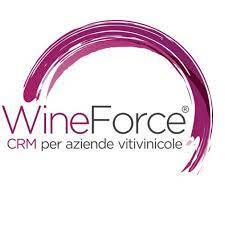
It is precisely because of these needs that Wineforce was created, the CRM by Artmatica dedicated to wineries. Thanks to this specialized software, the customer journey for purchasing a good wine becomes increasingly efficient because it reflects the needs of each individual customer. Among the benefits offered by the innovative Wineforce app:
- Order management directly from the CRM
- Sending targeted marketing communications tailored to the customer based on their specific characteristics
- The possibility of incorporating behind-the-scenes elements, such as distributors and suppliers, into the communication flow, making them part of company initiatives alongside communications dedicated entirely to end customers
- The analysis of sales performance and customer satisfaction, two sides of the same coin, which serve as a compass to understand if the direction being taken is the right one.
Wineries today cannot afford to ignore transformation; on the contrary, they must embrace it to grow, always putting the customer and their preferences at the center. And that’s where the CRM Wineforce, along with the power of its software, proves capable of revolutionizing the wine world through the adoption of important business strategies.
Wineries and digital transformation: sales analysis
Making decisions is always a challenging task, even for a sales manager of a winery, who should be able to ask themselves:
- Can revenues be interpreted through data?
- Is it possible to have a history of your customers and know them in detail?
- What are the most suitable tools to use?
Wasting time and losing money is not a practice that any company likes, especially not a winery that, right after the pandemic, finds itself dealing with a constantly evolving market.
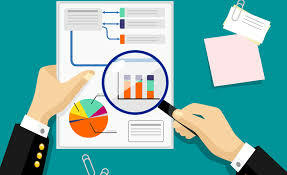
Being data-driven today is a mandatory choice for all wineries that aim to grow and do so without interruption. For businesses in the wine sector, for example, the cellar, where wine production takes place, is certainly a crucial place. Having a management system capable of collecting and storing all the information that describes the events to be analyzed, as well as being aware of the collaborators who, in order to input the data, need to be adequately trained in the use of software and data collection, recording, and reading procedures, represents a groundbreaking step for a business that has always operated with simplicity, even in managing daily activities. The more your winery is digitized, the more you can track what happens, understand what is going on, read and use the data. The winery’s financial statements will thank you! Additionally, making informed decisions is key. This is the primary goal of digitalizing a winery. Understanding the lifecycle of a customer and a product means knowing whether it’s worth continuing to invest in it based on sales volumes and the margins it offers. The result will be a high level of customer loyalty over time. Working on retention is crucial but only possible if the information related to the customer is always up-to-date and accurate. Being aware of margins, revenues, sales volumes, etc., will allow for precise and careful management of possible and avoidable investments at any given time, safeguarding the company and its actual needs.
Wineries and digital transformation: the importance of a company culture
Digitalization is advancing at the speed of light. This is a key aspect to consider because trying to keep up with the entire production chain of a company, especially a winery still not fully accustomed to the 4.0 transformation (internal resources using new technologies, agent networks, etc.), is not always an easy task. That’s why, alongside information systems and innovative technologies, it is crucial to foster even stronger other drivers of change within a company, such as:
- participation in training activities;
- the acquisition of skills and soft skills..
The “corporate culture” is fueled by individuals open to change and technologies that support and make this shift both interesting and beneficial for everyone.
Wineries and digital transformation: business costs and obstacles to overcome

To effectively monitor business costs within wineries, there are several variables to consider. The obstacles to overcome are numerous. Among the main ones:
- different calculation methodologies and various approaches;
- in most wineries, management systems provide accurate numbers only for processes of a “mandatory” nature, which meet “declarative” requirements such as: sales and invoicing with shipping documents, purchases of goods and products managed for the proper maintenance of winery registers, business operations leading to general accounting;
- the updating of accounting data is often delayed and not adequate to support accurate evaluations (particularly for inventory);
- the criteria for inventory valuation are not the result of a systematic process starting from raw materials (grapes or purchased wine) and following the bulk wine through to bottling;
- production processes are managed by winemakers who focus more on the quality of the product to be obtained rather than the costs of the production process itself, recording the work phases and products used in their “notebooks” (increasingly less) or on complex excel spreadsheets;
- many wineries have started certification processes to ensure the traceability and sustainability of their products and organizations. Such certifications require systematic monitoring of activities and processes, which are often managed parallel to the management system, burdening operators with additional data entry tasks (to the detriment of cost control);
- many wineries are managed through simple companies under an agricultural regime. It is not uncommon to find companies with revenues of tens of millions of euros that lack a balance sheet due to operating under simplified accounting. Discussing management and cost control in such contexts is outdated.
What is needed? Method and a gradual approach to the ongoing change.
In conclusion
Digital transformation has been around for some time, yet many companies have only recently begun to understand the importance of keeping up with it. The world of wineries is among those absorbing this transformation at a slower pace. It’s as if this sector should remain “untouched” by the wave of innovation that is sweeping over it, as though staying outside of it could preserve its uniqueness.
However, digital transformation should not and must not be feared; rather, it should be seen as an ally for industries full of potential, capable of showcasing their value in their respective markets. Because today, more than ever, excelling in your field is not enough. The key attribute is the ability to empathize with customers, which will ultimately lead to their loyalty over time.
At Artmatica Partners, we have developed deep expertise in the wine industry. As experts in the sector, our goal is to support wineries in their digitalization journey through Wineforce, Artmatica’s vertical CRM designed to revolutionize the world of wine.
See you next time!


